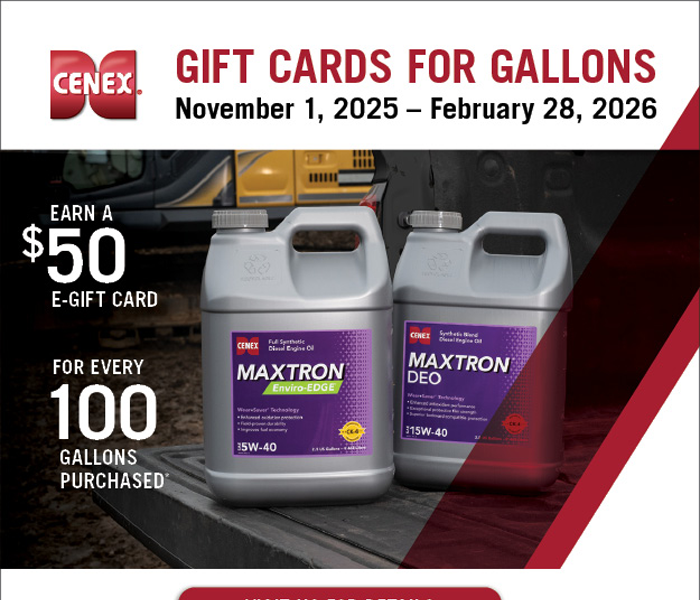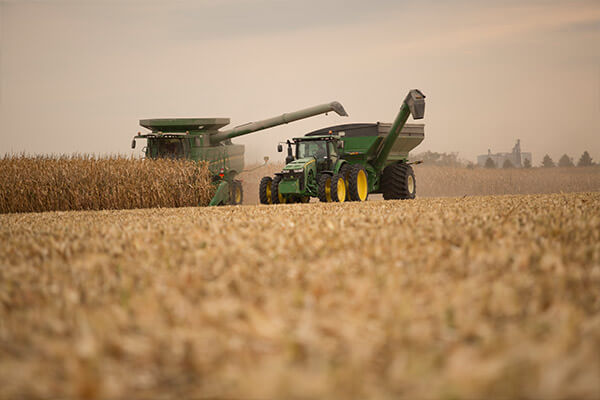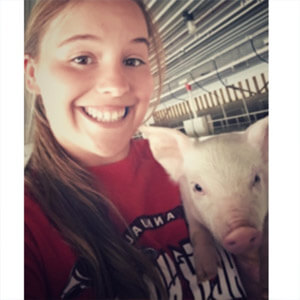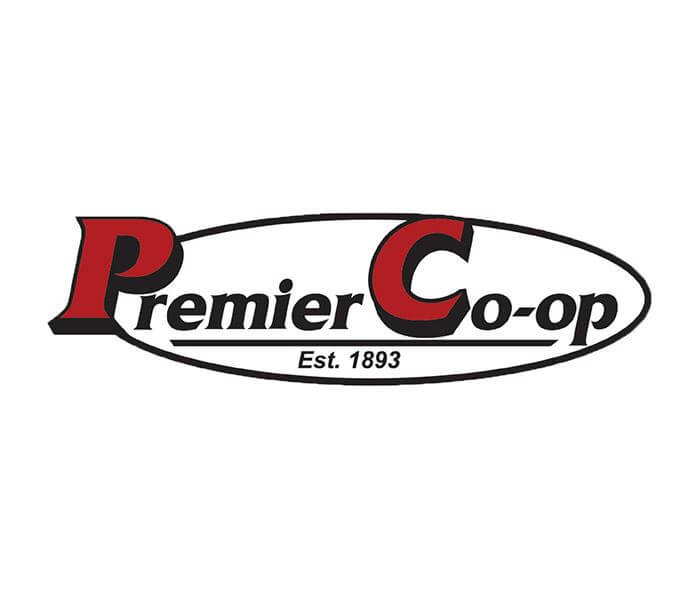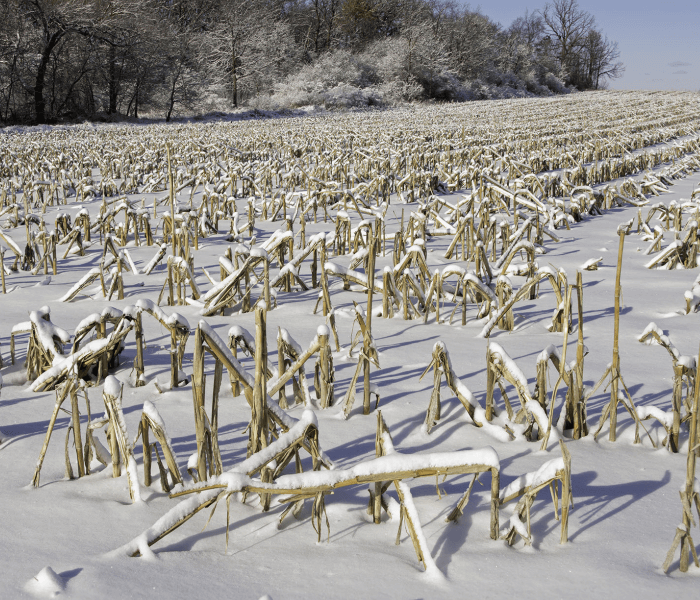Harvest is an exciting and extremely busy time of year.
As you run around making sure equipment is ready to go, stop and ask yourself. Are you ready? Do you have a harvest plan in place? Where will you start and where will you end up?
Start out right by creating a harvest plan. It will allow you to make key management decision quicker and with more confidence. A successful plan takes into consideration moisture, stalk strength and shank attachment in order to prioritize fields.
Combat the amount of down corn or ear loss by limiting the amount of time compromised corn stands out in the field. This will help reduce the amount of surprises you will face when pulling into the field.
Moisture
Once the hybrid reaches black layer, moisture levels should be between 30-35%. From there on, test your fields/hybrids prior to harvest. This will give you a general idea of which hybrids/fields are drier than others. This information can then be arranged to give you the starting point for your harvest plan.
Stalk Strength
There are many factors that could have affected your hybrids standability, whether it be severe weather damage, insects, disease, or mold. It is key to check your fields for any standability issues that maybe occurring. Fields with limited standability should go towards the top of the list and be harvested before standability is compromised.
There are a few different ways you can evaluate stalk strength:
- Push test - Walk down random rows within your field and push (over to the next row) a significant number of plants to see what percent fall over. Use this percentage to determine how far up or down the harvest plan this hybrid will get bumped.
- Pinch test - Pinch stalks between the second and third node from the ground. Hollow stalks will fall or create a popping sound. Fields with fragile stalks should be harvested sooner rather than later.
- Split the stalks - Dig up some plants and split the stalk in half. This allows you to check for cannibalization or any stalk rots that may have occurred.
Try a combination of all three methods to give you a better idea of what fields will have the integrity to stand and which have the most potential to go down.
Shank Attachment
Another factor to watch out for when creating a harvest plan is the shank attachment. This is just as important as stalk strength. Walk through your fields and determine the hold on the ear. If the shank is firm, early dropping of ears does not become a concern. If the ears are beginning to droop and the attachment is weak, consider harvesting these fields earlier.
Set yourself up for a successful harvest by preparing a harvest plan. Know which products are going to dry down first and those that will need your attention sooner. Prioritize your fields based on moisture, stalk strength and shank integrity to navigate harvest without any surprises.
Use the form below to contact an agronomist to help create a harvest plan today.
Danielle Messer
Crop Production Specialist
